Laser Techniques
Laser Cleanings
Laser cleaning is an eco-friendly process used to remove rust, paint, oxide and other contaminants from metal surfaces. Because of its efficiency, it is being used in an increasing number of applications. Laser cleaning requires a pulsed fiber laser (typically 50 watts or more).
Traditional industrial cleaning methods are often seen as tedious (and for good reasons). Rust removal can be time and labor consuming. Oxide removal may involve hazardous chemicals specific to each material that needs to be removed. In some cases, paint removal by sandblasting can damage the metal underneath.
Dealing with these problems usually comes at a significant cost, but laser cleaning is changing this: it is a cost-effective solution that reduces cleaning times and maintenance.
If you are skeptical about these claims regarding laser technology, keep reading for the key facts about what a laser does when removing contaminants and coatings.
Laser Weldings
Conduction limited welding occurs when the power density is typically less than 105W/cm2. The laser beam is absorbed only at the surface of the material and does not penetrate it. Conduction limited welds often then exhibit a high width to depth ratio.
Laser welding is more usually accomplished using higher power densities, by a keyhole mechanism. When the laser beam is focused to a small enough spot to produce a power density typically > 106-107 W/cm2, the material in the path of the beam not only melts but also vaporizes, before significant quantities of heat can be removed by conduction. The focused laser beam then penetrates into the workpiece forming a cavity called a ‘keyhole’, filled with metal vapor (which in some cases can even be ionized, forming a plasma).
